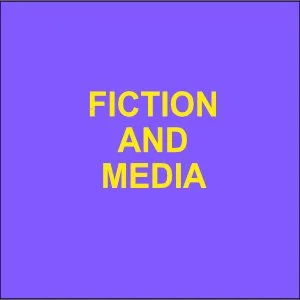By Norman Lindsay
FROM THE COVER. “This is a very funny book, about a very peculiar pudding. In spite of the word 'magic' in the title,there are no fairies or spells. Only a pudding. Sometimes it was a rich odoriferous steak-and-kidney pudding, sometimes it was boiled jam roll or apple dumpling. All you had to do was whistle twice, turn the pudding round, and you could have whatever you wanted! Indeed, the pudding was such a prize that there were 'professional puddin'-owners' and,alas, 'professional puddin'-thieves'. One of the owners was Sam Sawnoff, whose feet were sitting down while his body was standing (he was a penguin), although Bill was just an ordinary small man with a large hat. The pudding had his own views, and was apt to sing in a very gruff voice… For ages eight to eighty, allowing for brief blind periods now and again in between.”
Middlesex. Penguin. 1918.












